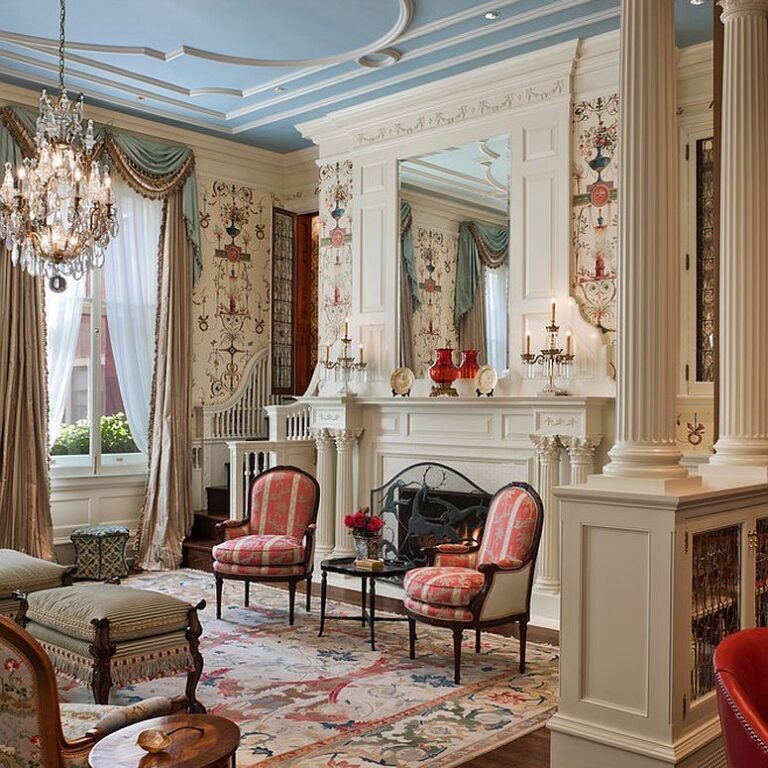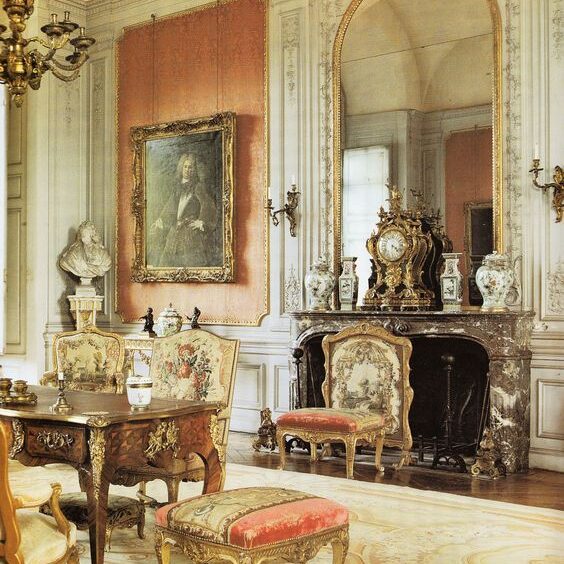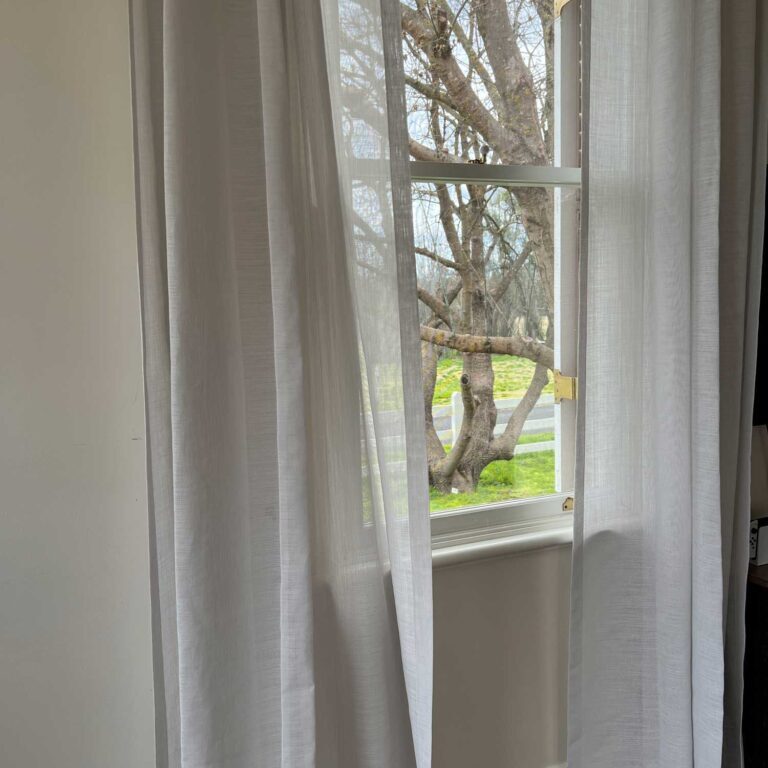
The Victorian Era & Curtains: Elegance, Etiquette, & Symbolism
Introduction
Step into the refined and intricate world of the Victorian era, a period that defined the art of curtain-making. During the 19th century, the Victorian era in Europe, particularly in Britain, brought about a significant shift in curtain design and usage. In this blog, we delve into the fascinating world of curtains during this period, where elegance, etiquette, and symbolism played integral roles in shaping window treatments.
The Victorian Fascination with Window Treatments
The Victorian era was marked by a deep appreciation for aesthetics and a desire to display social status. Window treatments, especially curtains, were considered vital components of a well-appointed home. Homeowners spared no expense to adorn their windows with lavish fabrics, ornate patterns, and elaborate trims, creating stunning visual displays within their interiors.
The Emergence of Lace Curtains and their Popularity
One of the most significant developments in curtain design during the Victorian era was the emergence of lace curtains. Lace, with its delicate and intricate patterns, became a symbol of femininity and grace. Lace curtains allowed for a play of light and shadow, adding a touch of ethereal beauty to interior spaces.
Lace-making techniques, such as Irish crochet and Nottingham lace, gained popularity, making lace curtains more accessible to a broader segment of society. Though initially a luxury reserved for the upper class, advancements in textile production allowed the middle class to partake in this newfound elegance as well.
Curtains as a Status Symbol: The Class Divide in Window Furnishings
During the Victorian era, curtains continued to be a reflection of social standing. Elaborate and expensive curtains were seen as status symbols, while simpler and less ornate designs were associated with the middle and working classes. The upper echelons of society displayed their wealth and refinement through rich fabrics, bold colours, and intricate embellishments adorning their windows.
For those unable to afford luxurious fabrics, clever design techniques, such as combining solid curtains with decorative valances, allowed for a semblance of opulence at a more affordable cost.

Window Dressing Etiquettes and Trends
Victorian society was governed by strict rules of etiquette, even extending to the world of window dressing. Curtains were expected to be drawn during the day to maintain privacy, while at night, heavy drapery ensured that the inner workings of a household remained concealed from prying eyes.

Over time, the use of heavy swags and elaborate valances diminished, giving way to a more restrained and streamlined aesthetic. The Art Nouveau movement brought nature-inspired motifs and softer lines to curtain designs, departing from the ornate extravagance of earlier Victorian styles.


